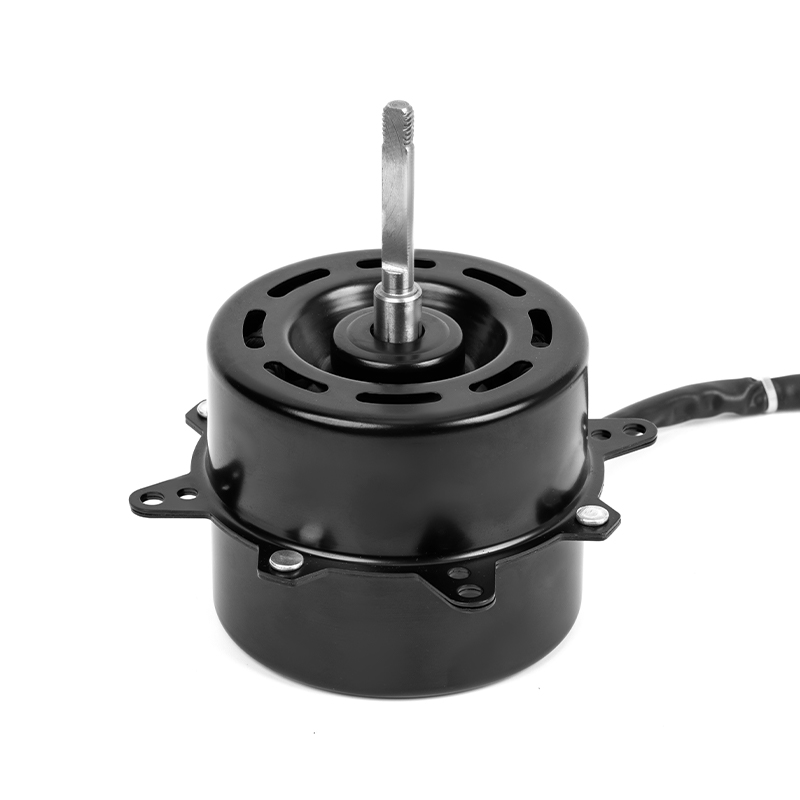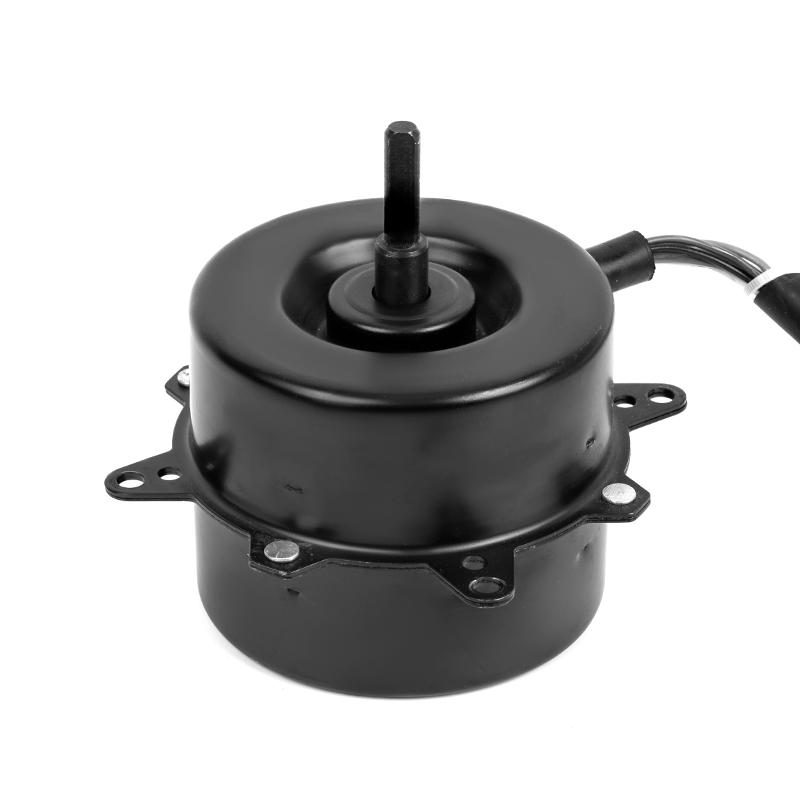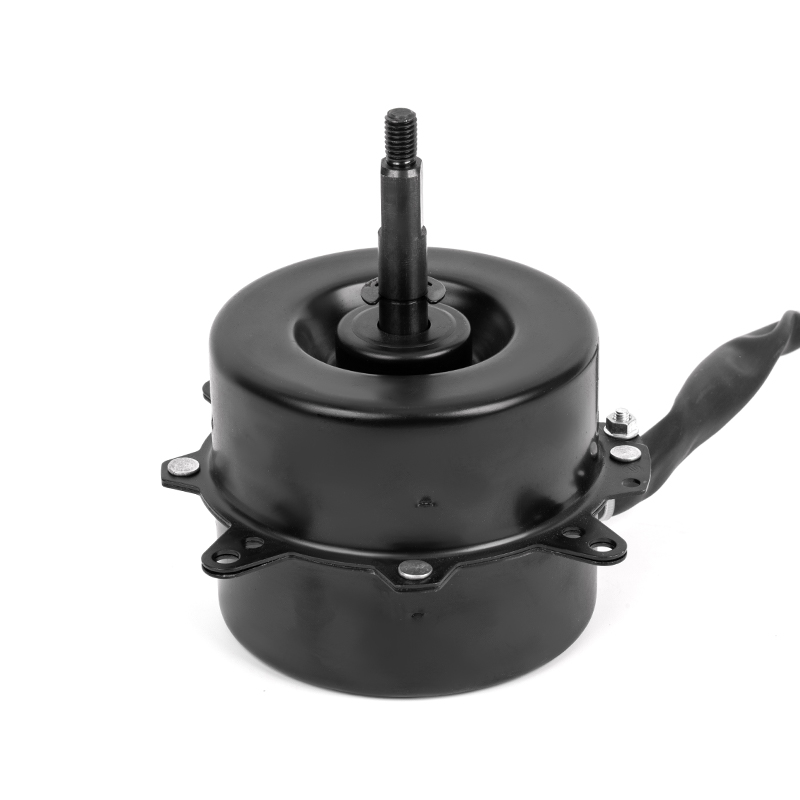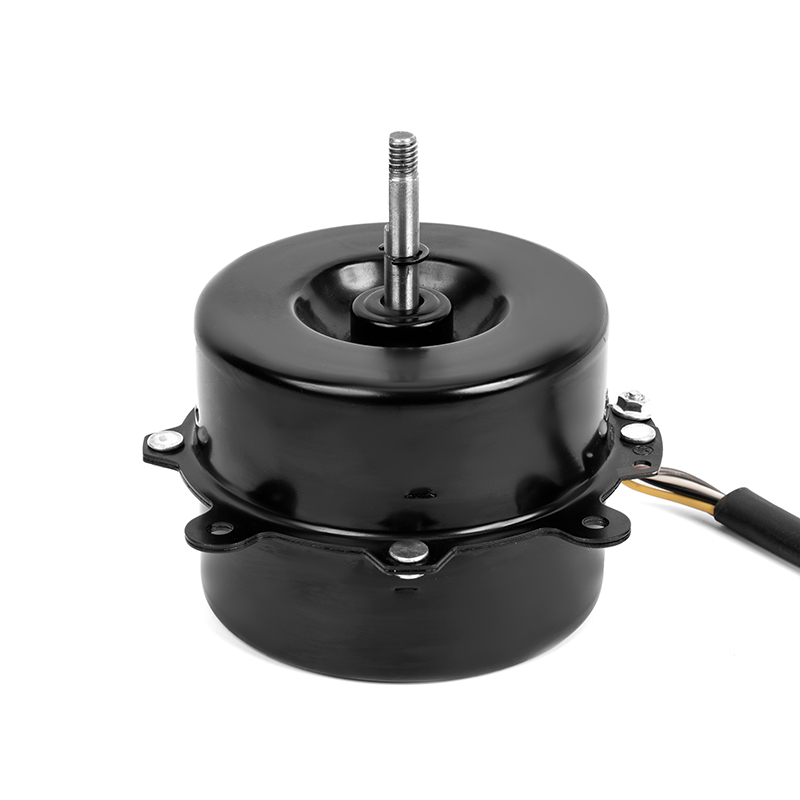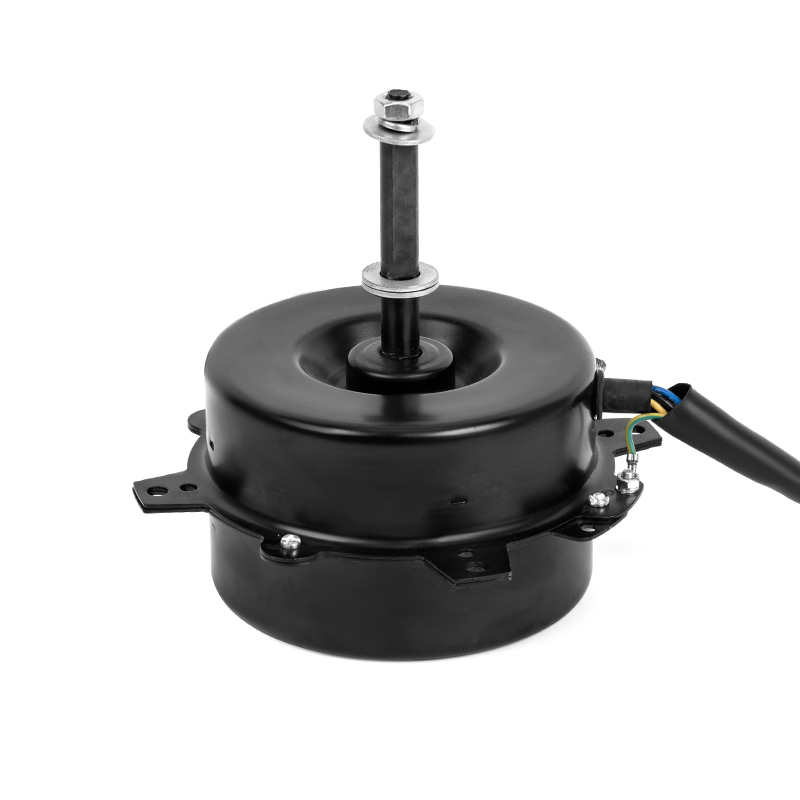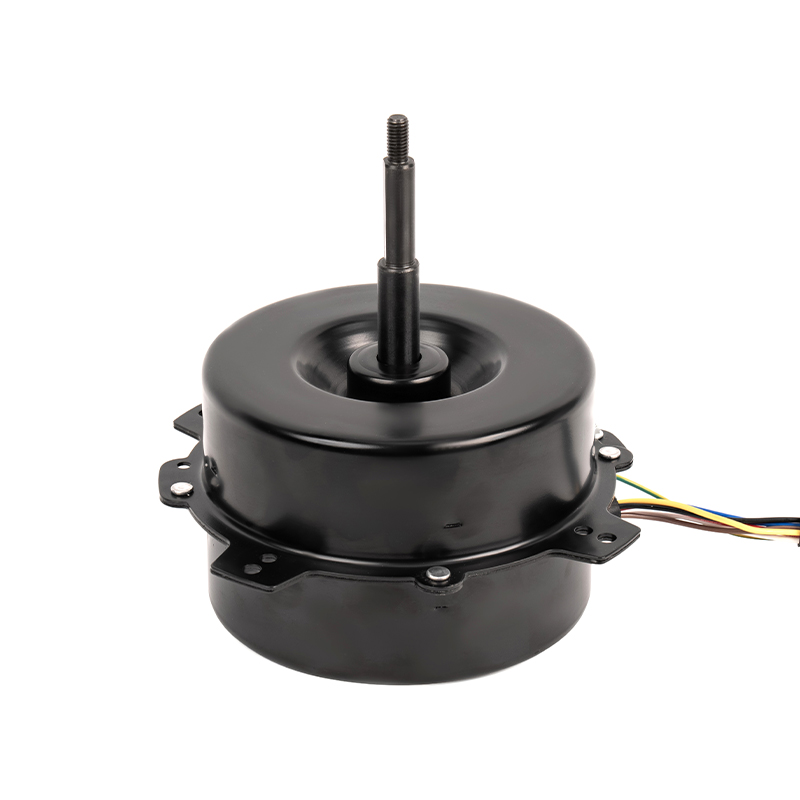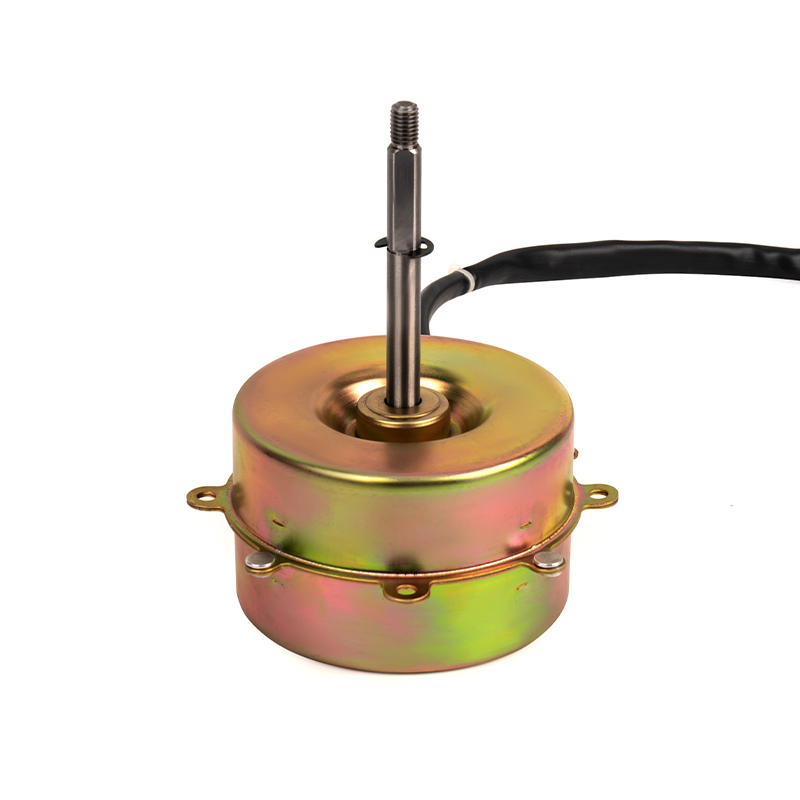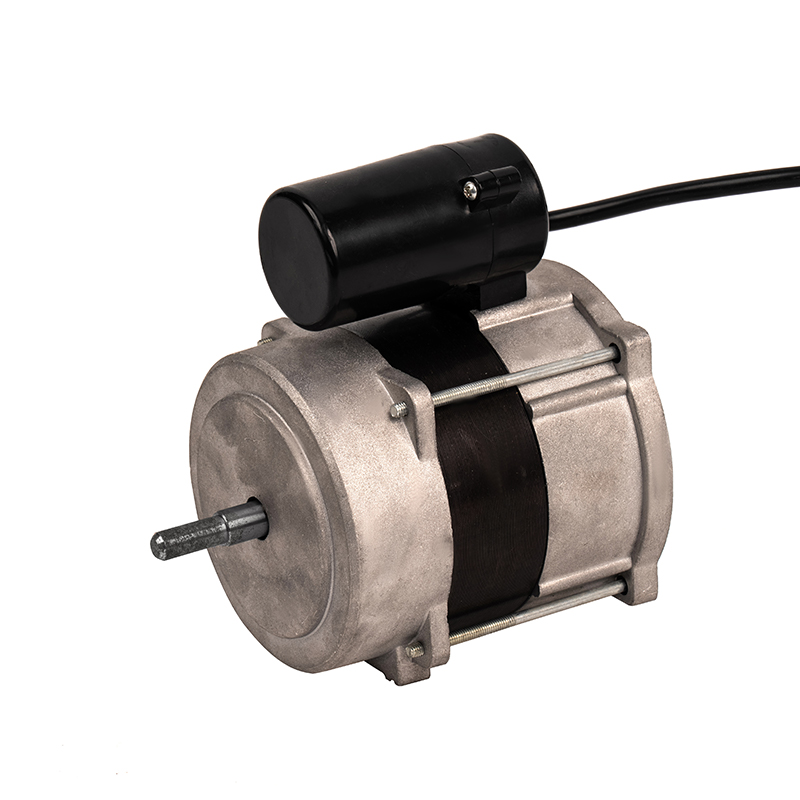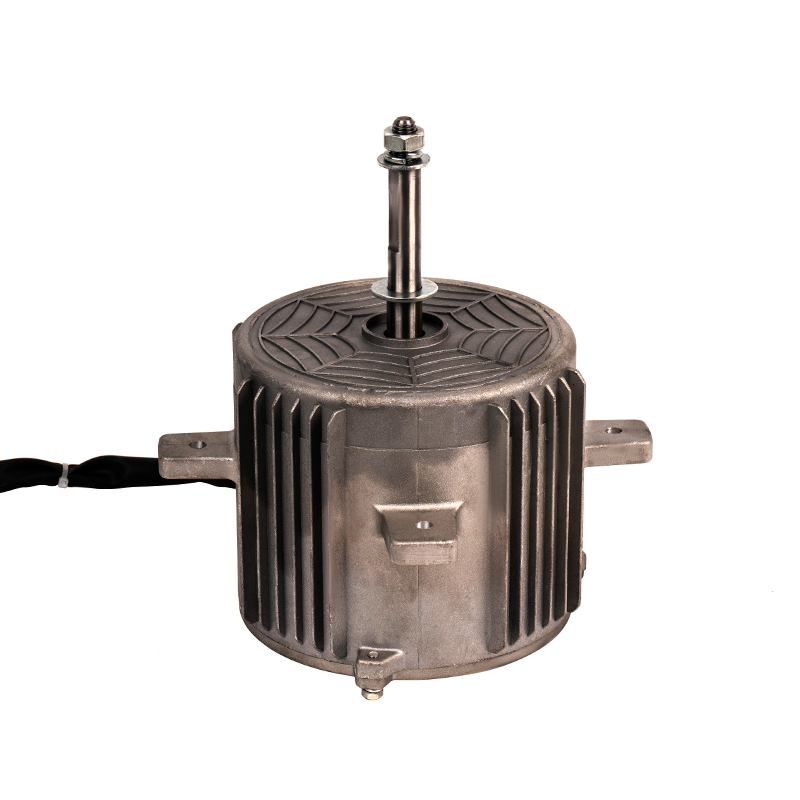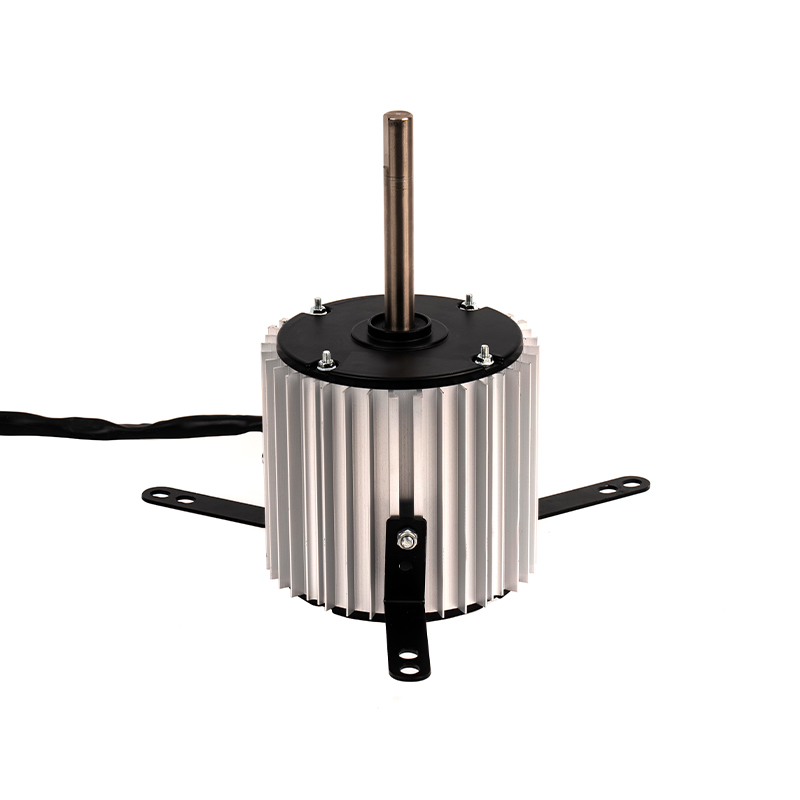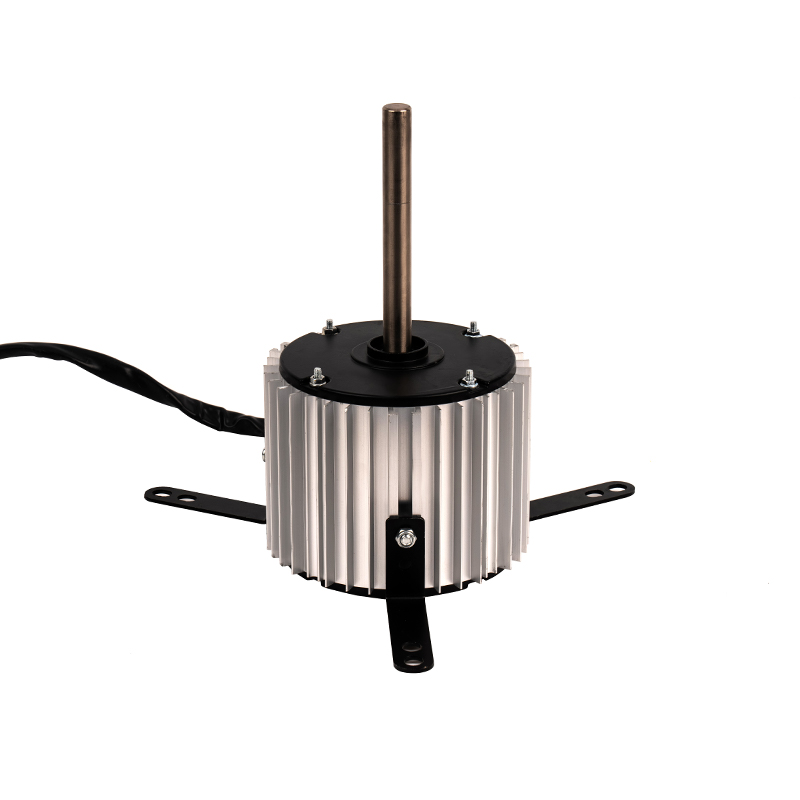Voltage fluctuations directly alter the rotational speed (RPM) of the motor, which determines airflow volume and overall cooling efficiency. In under-voltage scenarios, reduced motor speed decreases fan output, leading to inadequate air circulation and uneven cooling in residential rooms or commercial spaces. Over-voltage conditions, on the other hand, can temporarily increase motor speed, which may produce louder fan noise, uneven airflow distribution, and stress on the fan blades and rotor assembly. Consistent voltage deviations compromise the designed thermal management of the cooler, reducing its ability to maintain target room temperatures and overall system efficiency.
Overvoltage conditions increase current through the motor windings, causing rapid heat accumulation in the stator and rotor. The generated thermal energy accelerates degradation of the insulation material, reduces electrical conductivity, and can deform metallic components over time. Repeated overheating episodes may trigger internal protective circuits, but continuous exposure may cause permanent damage, including insulation failure, short circuits, or warping of the motor housing. Overheating also raises the risk of fire hazards, especially in enclosed environments with limited ventilation.
Small Air Cooler Motors incorporate thermal cutoff switches, PTC (Positive Temperature Coefficient) thermistors, or miniature fuses to automatically disconnect the motor during overcurrent or voltage surge conditions. These safety mechanisms prevent catastrophic failures and protect downstream electronics in air cooler system. While these protections are effective, frequent activation indicates chronic voltage instability in the electrical supply, signaling the need for external voltage regulation or system troubleshooting. Advanced motors may also feature surge-tolerant windings or electronic speed controllers that modulate current flow under transient conditions.
Irregular voltage levels lead to inconsistent rotor speed, which generates mechanical vibrations and oscillatory motion within the motor assembly. These vibrations increase bearing wear and can loosen fasteners or mounts, causing abnormal noise and reduced operational stability. Over time, the uneven mechanical loading can lead to misalignment of rotor-stator components, accelerated fatigue in the fan blades, and increased likelihood of resonance-induced damage. Proper installation, vibration damping mounts, and periodic inspection mitigate these mechanical risks.
Persistent exposure to voltage fluctuations accelerates aging in both electrical and mechanical components. The insulation material can degrade, windings may weaken, and bearings may lose lubrication more quickly due to intermittent overloading. In residential setups, this reduces cooling consistency over months or years, while in commercial environments where motors run continuously, the cumulative stress can lead to sudden failures or increased maintenance costs. Longevity is directly proportional to the motor’s ability to operate within its rated voltage range consistently.
Transient voltage spikes—caused by lightning strikes, power grid switching, or high-powered appliance activation—introduce short-duration high-current pulses into the motor. High-quality Small Air Cooler Motors are designed to tolerate minor transient surges without operational disruption, thanks to reinforced windings, surge-resistant insulation, and thermally protected circuits. However, severe surges can permanently damage the rotor, stator, or electronic controllers, potentially causing immediate operational failure. Surge-resistant motor designs, combined with external protection devices, significantly reduce this risk.
Users can protect Small Air Cooler Motors by installing voltage stabilizers, surge protectors, or dedicated circuit breakers. Ensuring proper grounding, avoiding shared circuits with heavy-load appliances, and using regulated power supplies improve operational stability. For commercial installations, redundant protection devices and monitoring systems help maintain safe operation during unexpected power fluctuations. Integrating these measures ensures that motors can sustain minor fluctuations without performance degradation or premature failure.



 English
English عربى
عربى ++86 13524608688
++86 13524608688